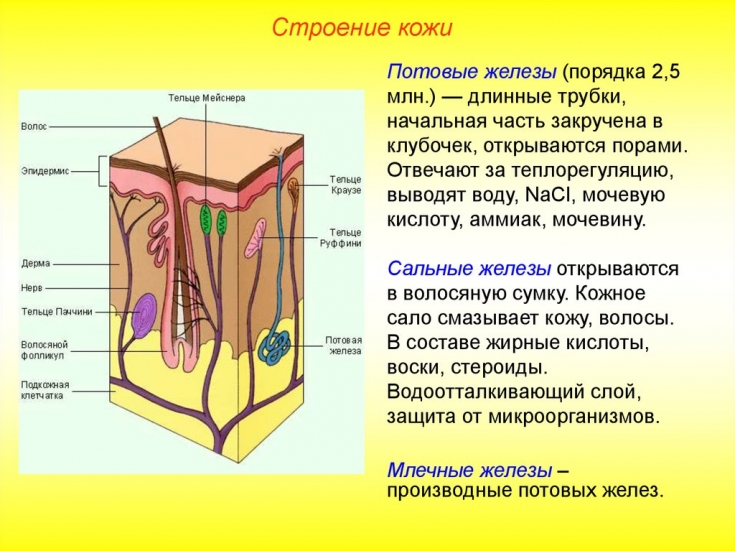Oily skin is an inevitable consequence of the activity of the sebaceous glands. In addition, owners of oily skin have a thick layer of the epidermis. The thickening of the upper layer of the epidermis occurs under the action of fatty acids. At the same time, the pores are compressed, they become wide and open. An excess amount of moisture against the background of the activity of fat cells leads to swelling of the pores along their edges.
Increased secretion of sebum is due to the constitutional features of the skin, and can also occur against the background of other disorders. Estet-portal.com looked in more detail at who is more likely to have oily facial skin, what are the causes of oily facial skin and the consequences.
Pathogenic factors of oily facial skin
Problem and oily skin is found in young women and men. At the same time, the skin has a grayish tint, a pronounced oily sheen, a rough surface, and a rough pattern. Large pores and acne-like rashes are visible on the skin. In winter, oily skin becomes a bit drier, and these problems are not so exacerbated.

Read also: Express Facial: Benefits and Features of Quick Treatments
The consequence of oily facial skin is the development of seborrhea, as well as acne. At the same time, some pathogenic factors are isolated.
Subscribe to our page on Facebook!
Pathogenic factors in the development of oily facial skin:
The main causes of oily facial skin
An increase in the amount of sebum is accompanied by its qualitative changes. First of all, the concentration of linoleic acid in sebum changes, which is an unsaturated fatty acid and an indispensable structural component of any cell membranes.
With a decrease in the concentration of linoleic acid in sebum, its acidity decreases, which leads to a change in the permeability of the epithelium of the follicles and a violation of the barrier function of the epithelium.
Such changes create favorable conditions for the growth of microorganisms inside the follicles and on the surface of the skin. In the process of life, microorganisms with the participation of lipases utilize sebum, which leads to an increase in the concentration of free fatty acids in the composition of sebum, as well as to a decrease in the bactericidal and fungicidal properties of the skin.

Causes of oily facial skin:
- excess in the diet of sweet, spicy, fatty and spicy foods;
- use of cosmetic products that clog the pores of the skin of the face;
- passion for frequent peeling;
- excess testosterone in the body;
- metabolic disorders, endocrine pathologies;
- improper use of cosmetics containing alcohol;
- heredity;
- adverse environmental conditions;
- stress.
As a result of violation of the processes of keratinization in the upper part of the hair follicle, the secret of the sebaceous gland accumulates in the hair follicle. In this case, first microcomedones are formed, then closed and open comedones.
Read also: How to rejuvenate the face by correcting the shape of the lips
Bacteria actively begin to multiply in comedones, as a result of which inflammatory mediators are released and provoke the development of inflammatory processes in the dermis. Prevention of the causes of oily facial skin, as well as regular care and cleansing of oily facial skin, can help the skin always look beautiful and healthy.
Read also: ABC of the skin for a cosmetologist (Part 1): the structure of the epidermis
More useful information on our channel in Youtube:







Add a comment